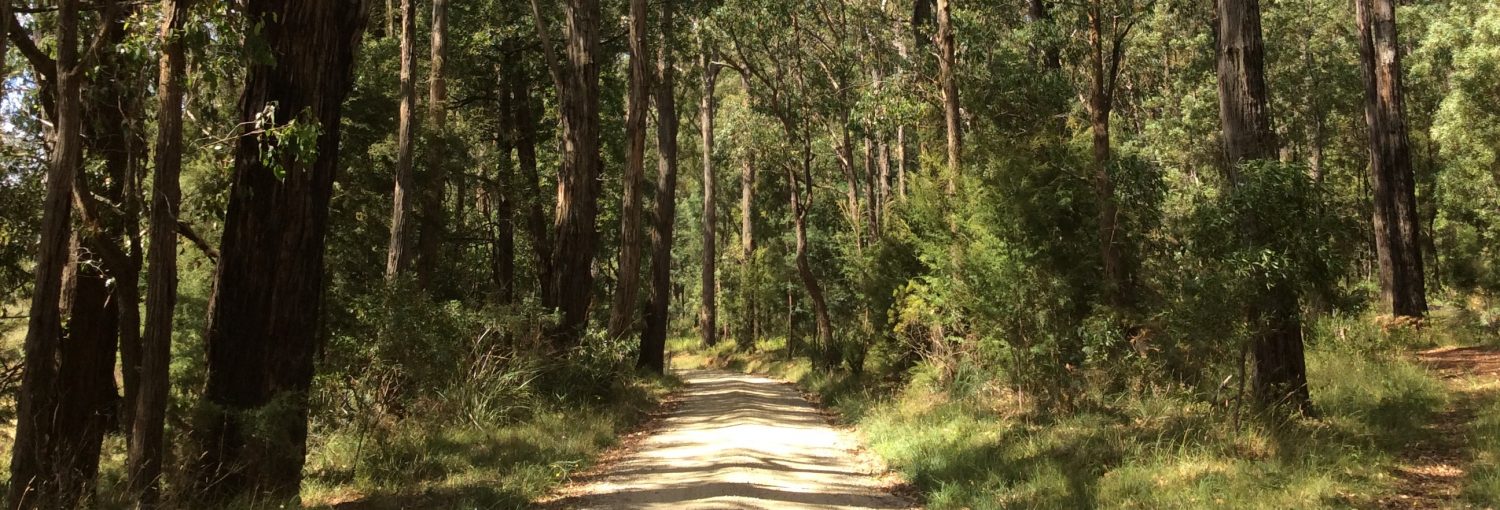
It is a fact that we need trees.
Trees provide, oxygen, shelter, food and lumber. In addition they give us shade, bring relief from hot summer winds and break up cold winter storms. They also, occasionally, drop branches and even fall over.
How do you balance the benefit of a tree against the risks of that tree? When should you look after and preserve your trees and when is it time to prune or even remove them?
These are all good questions and for many years they all had subjective answers. Each arborist had an opinion and often each opinion was different? After many years of work and much refining, British arborist Mike Ellison created QTRA. And quite simply, it has changed risk assessment in the tree industry.
https://qtra.co.uk/cms/
QTRA stands for quantified tree risk assessment. It is a way to put an exact number on the risk of something happening. An arborist will first inspect your tree and determine its vital statistics. You need to know the species, the age, the health and the condition of the tree. Tree owners can help by providing history such as when building were erected or if storm damage has occurred. Once the data is collected it is assessed and using the system a risk factor is determined.
Tree owners can now see EXACTLY what the chance of something going wrong will be.
QTRA can show you what the risk of a particular hazard occurring is. It can also help show how this compares to broadly accepted safety standards.
Where a risk assessment really helps is when multiple parties are involved. This could be a tree between 2 houses or overhanging a footpath. It could also be in a school playground, a sports park or botanical garden.
The QTRA system is accepted worldwide and is used by local councils, big businesses and homeowners alike. Door knocking tree loppers may try to talk you into cutting down your tree. Dont let them! Have it risk assessed first. Be absolutely sure you really need that job done.
If you want to talk about risk assessment or anything else to do with trees, give me a call or send an email.
Cheers
John (Doc) Holliday
